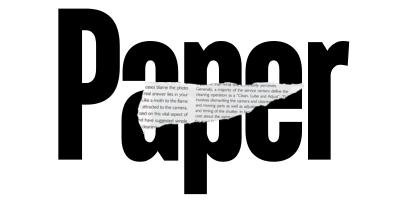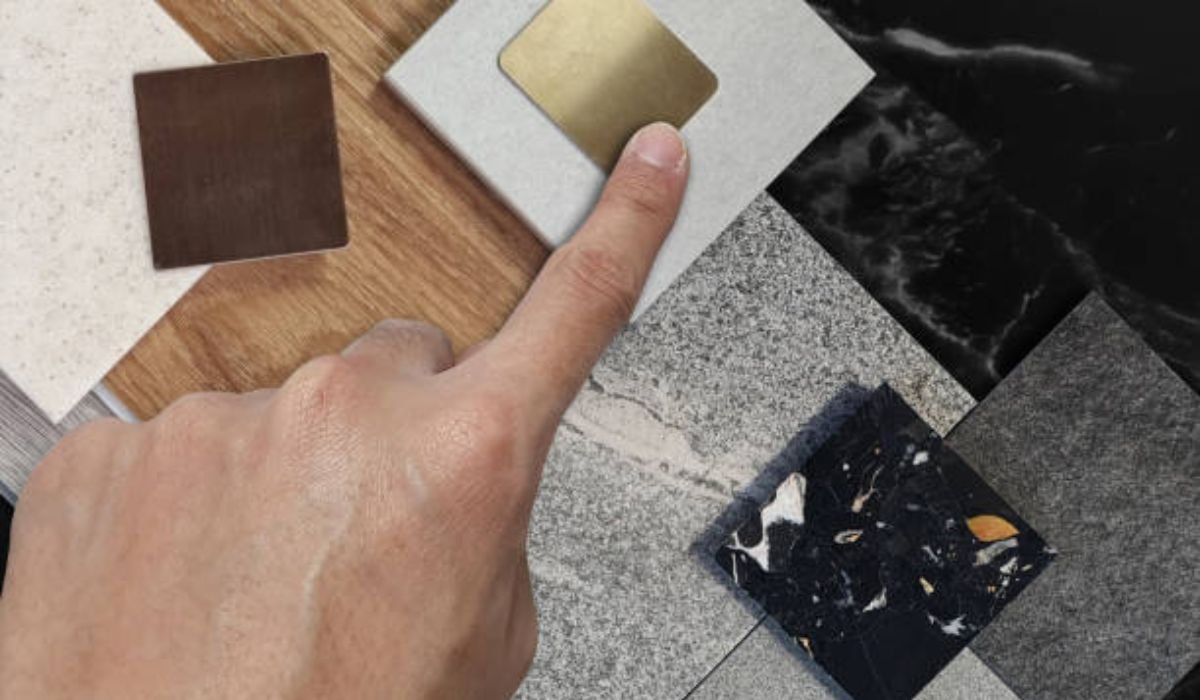What Is Pressure Washing?
High-pressure water spray is used in pressure washing, also known as power washing, to clean surfaces of dirt, grime, mold, and other impurities. The process uses a specialized machine that projects water at high speeds to clean surfaces effectively. While this is commonly applied to buildings, decks, driveways, and patios, it is recognized for its efficiency and capability to handle many cleaning tasks, leaving surfaces fresh and renewed. Professional options can yield impressive results for those looking for a Deep Clean Pressure Washing service, ensuring that every nook and cranny is thoroughly cleaned.
Benefits of Pressure Washing
Pressure washing has several key benefits, making it an essential maintenance task for homeowners. Some of the most notable benefits include:
- Enhances Curb Appeal: A spotless exterior may significantly improve your property’s appearance, increasing its appeal to guests and potential purchasers.
- Prevents Damage: Over time, dirt, mold, and mildew can gather and seriously harm building surfaces. Regular cleaning helps to avoid these issues, prolonging the life of your property’s exterior.
- Healthier Environment: Mold and mildew are unsightly and can pose health risks. Pressure washing removes these harmful contaminants, promoting a healthier living environment.
Equipment and Materials Needed
Having the right equipment and materials to achieve optimal results when pressure washing. Here is a list of what you’ll need:
- Pressure Washer (Electric or Gas): Depending on the scale of your project, choose between an electric or gas-powered pressure washer. Gas pressure washers offer more power and are suitable for larger areas.
- Detergents and Cleaning Solutions: Use specialized cleaning solutions designed for pressure washers to break down dirt and grime effectively.
- Nozzles and Attachments: Different nozzles and attachments can adjust the pressure and spray pattern for various surfaces.
- Protective Gear (Gloves, Goggles): Always wear protective gear to safeguard against injury from high-pressure water and chemical sprays.
- Extension Hose (if needed): An extension hose can help increase the reach of your pressure washer, making it easier to clean large areas.
Safety Precautions
Handling a pressure washer requires adherence to strict safety protocols to avoid accidents and injuries. Keep the following safety precautions in mind:
- Read the Manual: Each pressure washer is different. Familiarize yourself with your equipment’s features and instructions.
- Wear Protective Gear: Gloves, goggles, and appropriate clothing are essential to protect yourself from debris and high-pressure water.
- Mind the Surroundings: To prevent accidents, keep pets, children, and breakable objects away from the cleaning area.
- Avoid Electrical Hazards: To prevent electrocution, keep the pressure washer away from power lines and be cautious when using it near electrical outlets.
Step-by-Step Guide to Pressure Washing
To guarantee a thorough and efficient pressure-washing procedure, adhere to the following steps:
- Preparation: Cover plants, outdoor furniture, and decorations with plastic sheets or tarps. Clear the area you plan to clean to ensure unrestricted movement.
- Choose the Right Nozzle: Select the appropriate nozzle for the job. Due to its moderate pressure and wide spray angle, a green (25-degree) nozzle is usually a safe choice for various surfaces.
- Apply Detergent: Fill the detergent tank with a suitable cleaning solution. Apply the detergent using a low-pressure nozzle to avoid any potential surface damage.
- Wash the Surface: Once the detergent has been applied, let it sit for the recommended time to break down dirt and grime. Then, switch to a high-pressure nozzle and wash from top to bottom to prevent streaks and ensure even cleaning.
- Rinse and Finish: Rinse off the detergent thoroughly, starting from the top again. Ensure that all residues are removed, leaving the surface clean.
DIY vs. Professional Pressure Washing
Homeowners often choose between DIY pressure washing and professional services. DIY pressure washing is cost-effective and flexible but requires an initial investment in equipment and time. It’s essential to avoid damaging delicate surfaces. On the other hand, professional pressure washing is more expensive but offers expertise, equipment, and cleaning solutions. Consumer Reports say it can tackle large projects efficiently and safely, especially for complex tasks and delicate surfaces.
Top Tips for Effective Pressure Washing
Maximize your pressure-washing efforts with these top tips:
- Test in an Inconspicuous Area: Before you start, test the pressure washer on a small, hidden spot to ensure it won’t damage the surface.
- Maintain a Consistent Distance: To accomplish uniform cleaning without damaging the surface, keep the nozzle at a constant distance from it.
- Use Sweep Motions: Instead of targeting one spot for too long, use broad, sweeping motions to distribute the water pressure evenly.
- Avoid Direct Sunlight: If possible, perform pressure washing when the area is shaded to prevent detergents from drying too quickly and causing streaking.
Common Mistakes to Avoid
Pressure washing can be deceptively simple, but common mistakes can lead to subpar results or damage. Here are some pitfalls to avoid:
- Overzealous Cleaning: Using too high pressure on delicate surfaces like wood and paint can damage them. Start with a lower pressure and increase it if necessary.
- Incomplete Rinsing: Always rinse thoroughly to remove all detergent residues, which can cause damage and attract more dirt over time.
- Ignoring Safety: Never compromise on safety protocols. Follow all guidelines and wear appropriate protective gear to avoid accidents.
- Using Incorrect Detergents: Ensure you use detergents specifically designed for pressure washers. If the incorrect kind of cleaner is used, the equipment or your cleaning surfaces may sustain damage.











